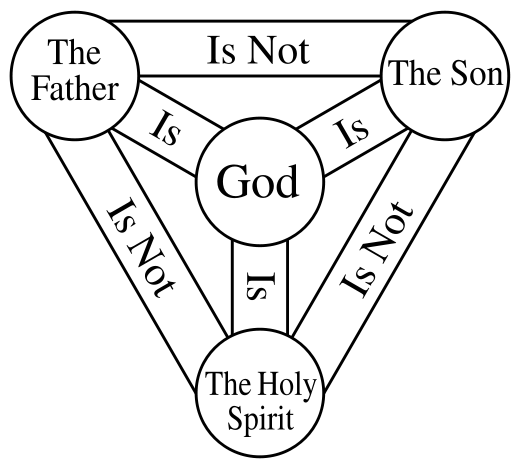|
|
Formalization of the
Faith
(Is
it Christianity yet?)
By the end of the 5th
century the basic framework of the faith was set, through both official creed
and in church structure and practices.
Structure &
Practice:
-
Leadership was through
Bishops as the seats of authority in major geographic areas throughout the
Empire. Rome and Constantinople became two main seats of ecclesiastical
power as they were also the two main seats of Roman political power.
-
Worship was held on
Sundays and Easter and Christmas were celebrated
-
Sacraments of the
Eucharist, Baptism and Confession were in practice
-
Monastic communities
began to develop, the first being the Benedictines which set the model of
poverty, chastity and obedience coupled with prayer, work and service to
those in need.
Development of Official
Church Doctrine (Nicene creed):
-
Church doctrine as we
know it today was not present from the beginning. It developed over
several centuries and nuances continued (and continues) after that.
-
By the end of the 4th
century, with Christianity now the official religion of the Empire,
scripture was canonized and creeds were set in stone.
-
As a result of the
heretical beliefs and practices, councils of bishops from local churches in
various geographic locales got together to agree on official doctrine.
-
Creeds such as the Apostleís
and Nicene
creeds were written reflecting the questions and issues
raised by the heresies:
-
God as creator
("maker of heaven and earth") is clearly stated in
response to Gnostic notions that spirit has nothing to do with matter.
-
God is declared a trinity
- "three persons" of "one substance" (like H2O can
appear in any of three different forms: water, vapor or ice).

Video:
The Trinity (Christian Triune Godhead) explained Part 1
-
The issue of
freewill is involved. According to Augustineís thinking, we have limited
freewill. Godís grace can arrange circumstances that encourage us to
freely choose Godís will for us.
-
Ultimately,
salvation comes by Godís grace through the sacrificial death of Jesus
but we are free to accept that gift or not (although the
Presbyterians later held that even that is not our choice)
-
Sin: the original
sin of humanity inherited from the first man, Adam, is transmitted by desire
in the course of the act of intercourse (original sin is not the
sex act itself but the lustful desire which accompanies it [in Buddhism,
the cause of suffering is desire!]). Those conceived in desire inherit
the sin of desire. The desire to know good from evil and to thus
be more like God was the first sin committed by the first humans in the
Garden of Eden.
-
The Holy Spirit
"proceeds from the father [and the son]"; the Eastern
Church did not agree to this later addition: God the Father was seen as the
sole source of everything.
-
The church: the ecclesia
(Greek for "assembly" similar to the meaning of
"synagogue"), the people, the members of the church, were
understood to be, collectively, the "Body of Christ"
("wherever two or more of you are gathered in my name..." [MT
18:20])
Despite official creed,
some fringe groups continue to debate these issues:
-
Unitarians
trace a long history back to the 4th century claiming that there is no
reference in scripture to the trinity. They were considered
"heretics" in the early centuries and today might be questioned as
legitimate Christians but for many other reasons than just the trinity
issue. Like Gnostics, some would consider themselves Christian and some not,
for various reasons.
-
Other modern
"heresies" include Mormons, Christian Science, Jehovahís Witness
and, in the 16th century, Protestants were excommunicated as heretics
return to top
|
